- Description
-
Details
The landscape of education is rapidly changing, driven by the relentless march of technology. In this digital age, traditional classrooms are giving way to smart classrooms, which are equipped with cutting-edge technology designed to empower learning and drive transformative educational experiences. These smart classroom solutions are not just tools; they are catalysts for a paradigm shift in education, providing educators and students with a dynamic, engaging, and personalized environment. In this article, we will delve into the transformative smart classroom solutions that are reshaping the educational landscape.
- Interactive Whiteboards: A Canvas for Imagination
Interactive whiteboards are the heart of many smart classrooms. These large, touch-sensitive screens replace traditional chalkboards and projectors, enabling educators to create interactive and engaging lessons. They can write, draw, and manipulate digital content, making it easier to explain complex concepts. Interactive whiteboards also allow for seamless integration of multimedia elements, such as videos, animations, and interactive quizzes, enhancing the learning experience.
- Digital Learning Platforms: The Hub of Education
Digital learning platforms, also known as Learning Management Systems (LMS), have become the backbone of modern education. These platforms serve as centralized hubs where educators can upload and organize course materials, assignments, and resources. Students can access these materials anytime, anywhere, facilitating a flexible and convenient learning experience. LMSs also enable communication between students and teachers, fostering collaboration and engagement.
- Flipped Classroom Model: Turning Learning Upside Down
The flipped classroom model is a pedagogical approach that reverses traditional teaching methods. In a flipped classroom, students learn the theoretical concepts through pre-recorded videos or readings at home and use classroom time for discussions, problem-solving, and hands-on activities. This model encourages active participation, critical thinking, and in-depth understanding of the subject matter, ultimately leading to improved academic performance.
- Adaptive Learning Systems: Personalized Education at Scale
Adaptive learning systems leverage artificial intelligence (AI) and data analytics to provide personalized learning experiences. These systems assess individual student's strengths and weaknesses, adapting the content and pacing accordingly. By tailoring instruction to the specific needs of each student, adaptive learning systems enhance comprehension, retention, and overall academic success.
- Augmented and Virtual Reality (AR/VR): Immersive Learning Experiences
Augmented and virtual reality technologies are transforming the way students learn by creating immersive experiences. In smart classrooms, AR/VR tools allow students to explore historical events, conduct virtual science experiments, or visit far-off places without leaving their seats. These experiences not only make learning more engaging but also help students grasp complex concepts and retain information more effectively.
- Collaboration and Communication Tools: Fostering Connectivity
Effective communication and collaboration are essential skills in today's world. Smart classrooms are equipped with various digital tools such as video conferencing, messaging apps, and collaborative document editing platforms. These tools facilitate teamwork, peer interaction, and communication with educators, creating a supportive and connected learning community.
- Real-Time Assessment and Feedback: Continuous Improvement
Smart classrooms enable real-time assessment and feedback mechanisms. Online quizzes, polls, and instant grading systems allow teachers to gauge student comprehension instantly. Timely feedback empowers students to identify areas for improvement and make necessary adjustments, contributing to continuous learning and success.
- Accessibility and Inclusivity: Learning for All
Smart classrooms prioritize accessibility and inclusivity. Digital materials can be customized to accommodate various learning needs, including font size adjustments, text-to-speech functionality, and closed captioning. These features ensure that all students, regardless of their abilities, have equal access to educational resources, promoting success for everyone.
- Data-Driven Decision-Making: Enhancing Educational Strategies
Data analytics play a pivotal role in smart classrooms. By collecting and analyzing data on student performance, engagement, and behavior, educators can make informed decisions to improve teaching strategies and curriculum design. This data-driven approach leads to more effective instruction and, ultimately, higher student success rates.
- Lifelong Learning Opportunities: Education Beyond the Classroom
Smart classrooms extend beyond traditional K-12 and higher education settings. They also support lifelong learning initiatives. Professionals seeking to upskill or retrain can access online courses and resources, allowing them to stay competitive in the ever-changing job market. Lifelong learning opportunities contribute to career success and personal development.
Conclusion
Transformative smart classroom solutions are reshaping the educational landscape by empowering learning in unprecedented ways. These innovations are not just tools; they are catalysts for a paradigm shift in education. As we embrace these technologies, we open doors to a more engaging, personalized, and inclusive learning environment, where students are empowered to succeed. The future of education is bright, driven by the limitless possibilities of smart classroom solutions that continue to evolve and transform the way we learn.
Smart Classroom Images
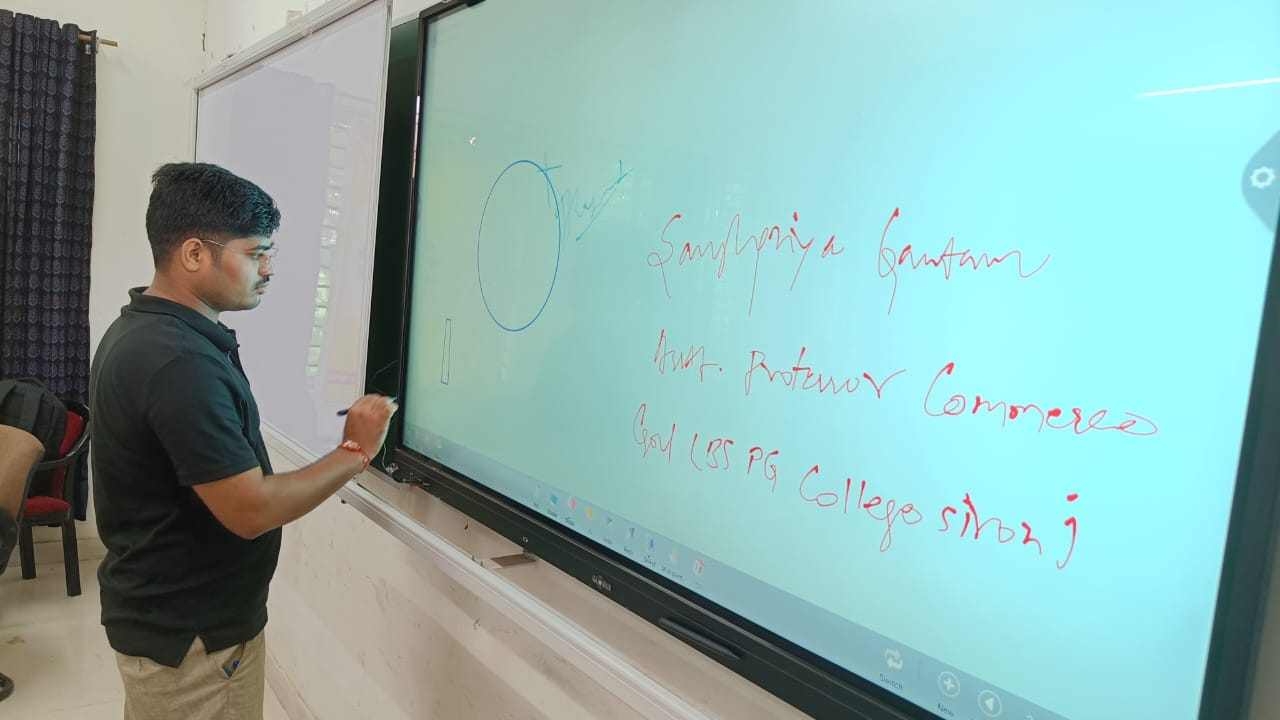
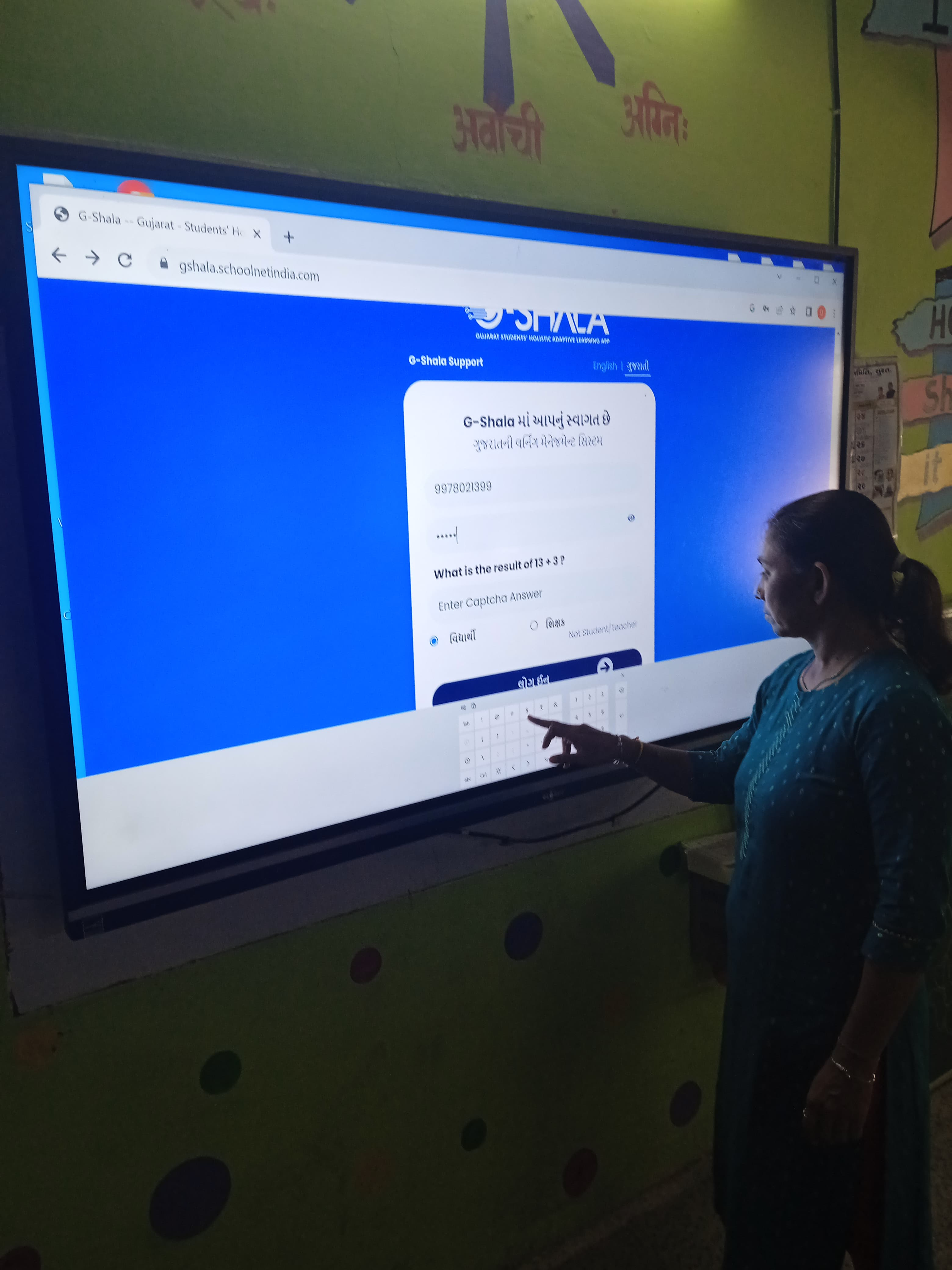

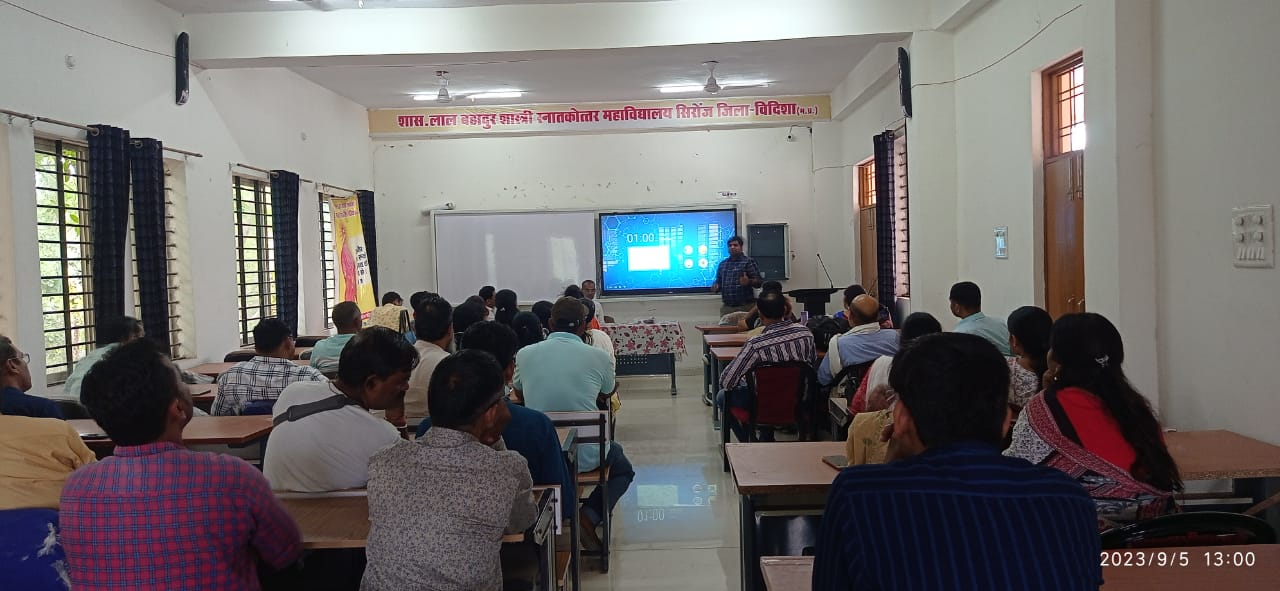
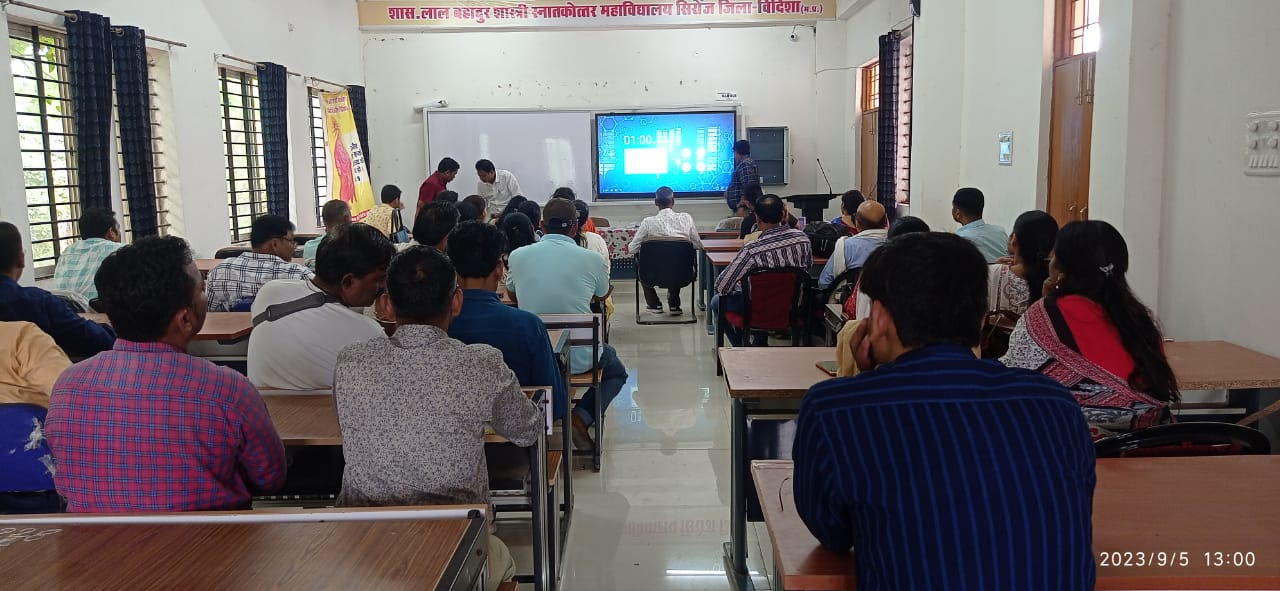
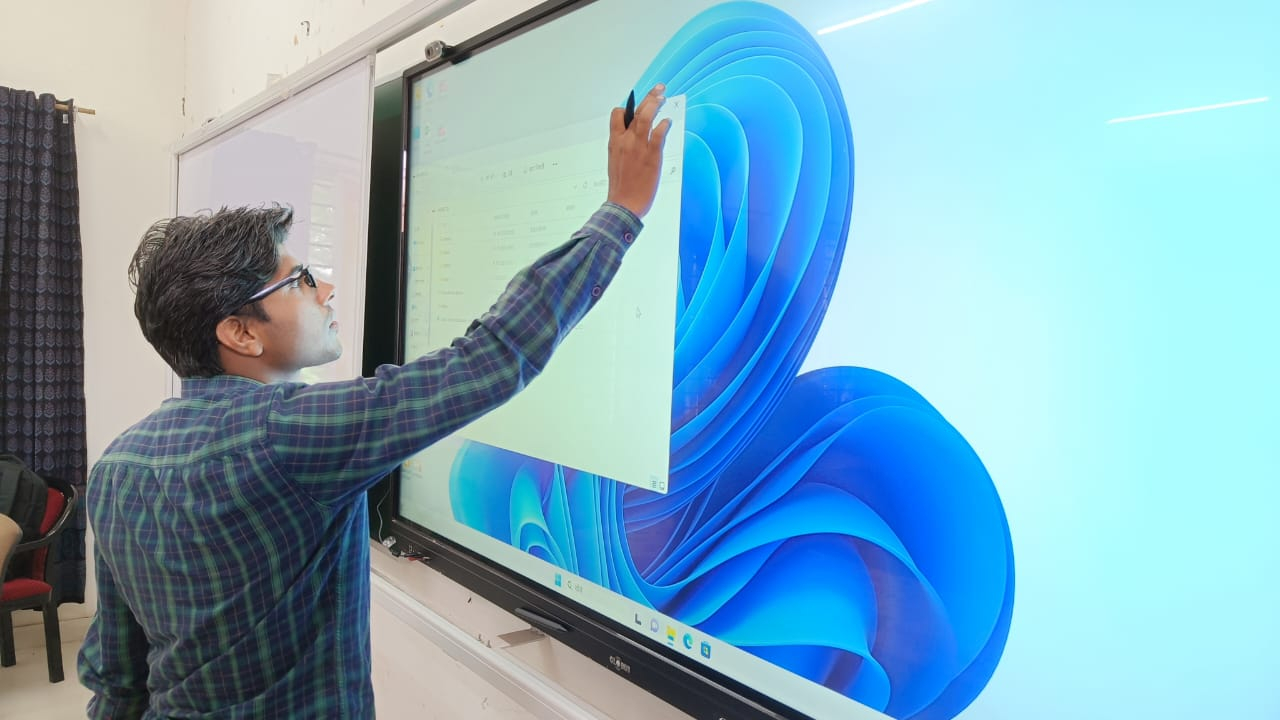
- Reviews
-
Default welcome msg!

